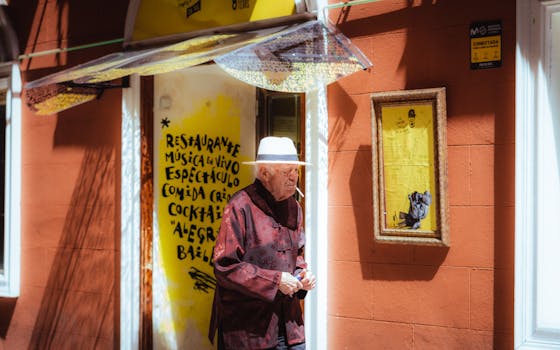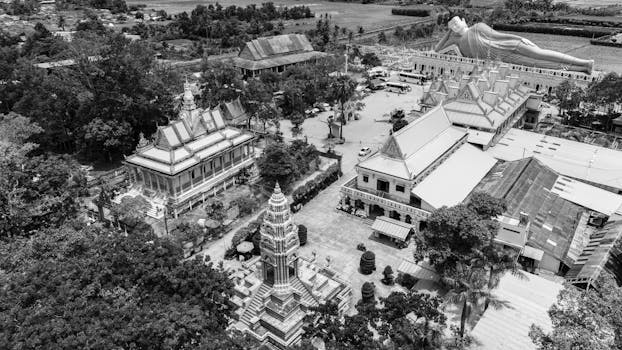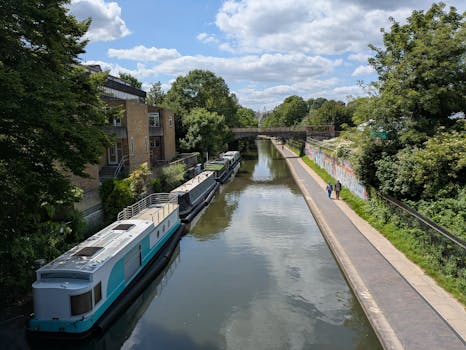
“
The Art of Slow Travel: Embracing a Lifestyle of Mindful Exploration
The concept of slow travel has been gaining popularity in recent years, and for good reason. In a world where fast-paced tourism often prioritizes checking off a list of attractions over genuine experiences, slow travel offers a refreshing alternative. At its core, slow travel is about embracing a lifestyle of mindful exploration, one that allows travelers to connect with local cultures, savor the journey, and cultivate a deeper appreciation for the world around them. For more insights on travel, check out our post on Travel Trends to Expect in 2025.
What is Slow Travel?

Slow travel is an approach to traveling that emphasizes quality over quantity. It’s about taking the time to truly experience a place, to soak up the atmosphere, and to engage with the local community. Slow travelers often prioritize staying in one place for a longer period, rather than trying to visit as many destinations as possible in a short amount of time.
This approach to travel has numerous benefits. For one, it allows travelers to develop a more nuanced understanding of the local culture. By taking the time to attend local events, try traditional cuisine, and engage with the community, slow travelers can gain a more authentic appreciation for the place they are visiting. If you’re looking for inspiration, consider reading Travel Inspiration: The Best Lifestyle Blogs to Follow for Wanderlust.
The Benefits of Slow Travel

Slow travel has a range of benefits, from environmental and economic advantages to personal and social benefits. Some of the key advantages of slow travel include:
- Reduced carbon footprint: By staying in one place for a longer period, slow travelers can reduce their carbon footprint and contribute to a more sustainable tourism industry.
- Support for local economies: Slow travelers often prioritize supporting local businesses and artisans, which can help to stimulate the local economy and promote cultural preservation.
- Deeper cultural understanding: By taking the time to engage with the local community, slow travelers can develop a more nuanced understanding of the local culture and way of life.
- Increased personal growth: Slow travel can be a transformative experience, allowing travelers to step out of their comfort zones and develop new skills and perspectives.
How to Embrace the Art of Slow Travel

Embracing the art of slow travel requires a mindset shift, as well as some practical changes to the way you approach travel. Here are some tips for incorporating slow travel into your next trip:
- Plan ahead: Research your destination and plan your itinerary in advance, but also leave room for spontaneity and flexibility.
- Stay in one place for a longer period: Consider staying in an apartment or house rather than a hotel, and take the time to explore your local neighborhood.
- Engage with the local community: Attend local events, try traditional cuisine, and take a class or workshop to learn a new skill.
- Be mindful of your impact: Consider the environmental and social impact of your travel choices, and strive to make sustainable and responsible decisions.
Conclusion

The art of slow travel offers a powerful alternative to fast-paced tourism, one that prioritizes meaningful experiences and genuine connections over checklist tourism. By embracing a lifestyle of mindful exploration, travelers can cultivate a deeper appreciation for the world around them, and develop a more nuanced understanding of the local culture. Whether you’re a seasoned traveler or just starting to plan your next adventure, we encourage you to give slow travel a try. For more tips on living mindfully, explore our article on The Art of Minimalism.






